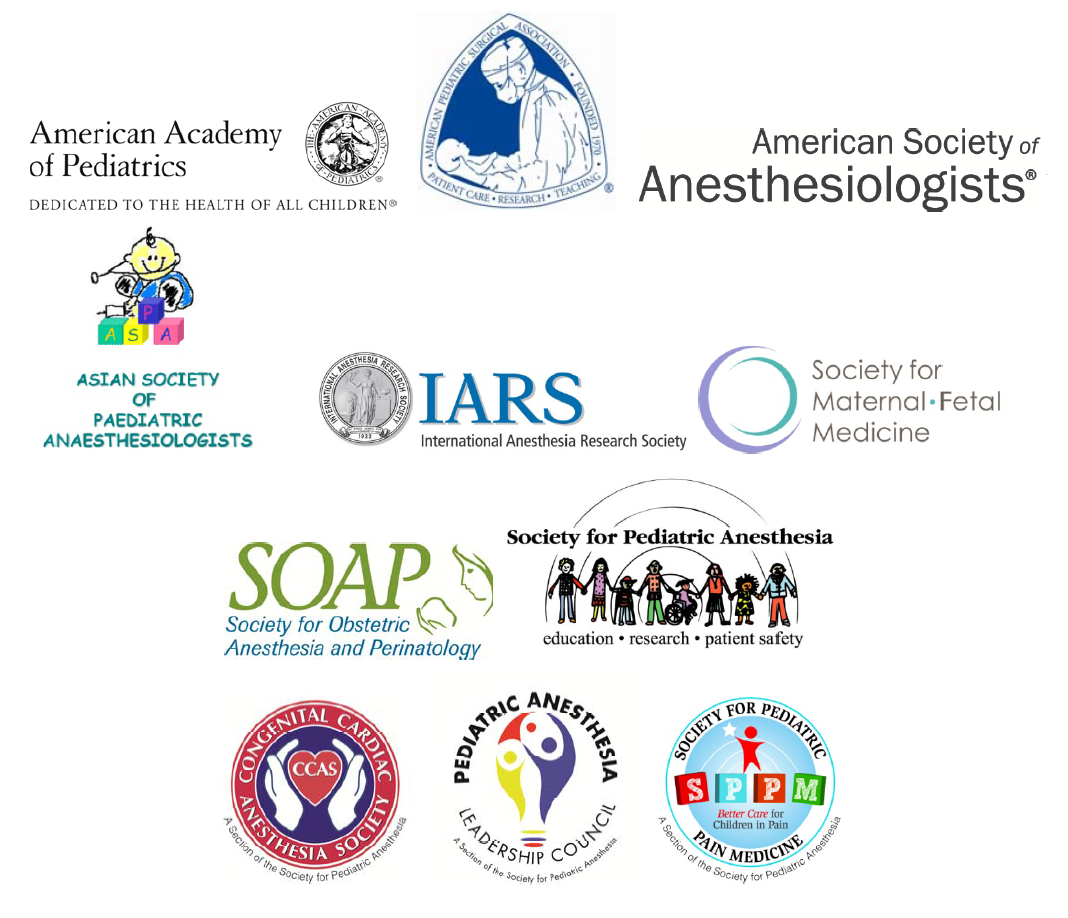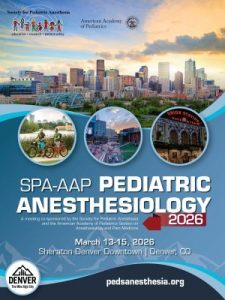Summary
Background
Preclinical data suggest that general anaesthetics affect brain development. There is mixed evidence from cohort studies that young children exposed to anaesthesia can have an increased risk of poor neurodevelopmental outcome. We aimed to establish whether general anaesthesia in infancy has any effect on neurodevelopmental outcome. Here we report the secondary outcome of neurodevelopmental outcome at 2 years of age in the General Anaesthesia compared to Spinal anaesthesia (GAS) trial.
Methods
In this international assessor-masked randomised controlled equivalence trial, we recruited infants younger than 60 weeks postmenstrual age, born at greater than 26 weeks’ gestation, and who had inguinal herniorrhaphy, from 28 hospitals in Australia, Italy, the USA, the UK, Canada, the Netherlands, and New Zealand. Infants were randomly assigned (1:1) to receive either awake-regional anaesthesia or sevoflurane-based general anaesthesia. Web-based randomisation was done in blocks of two or four and stratified by site and gestational age at birth. Infants were excluded if they had existing risk factors for neurological injury. The primary outcome of the trial will be the Wechsler Preschool and Primary Scale of Intelligence Third Edition (WPPSI-III) Full Scale Intelligence Quotient score at age 5 years. The secondary outcome, reported here, is the composite cognitive score of the Bayley Scales of Infant and Toddler Development III, assessed at 2 years. The analysis was as per protocol adjusted for gestational age at birth. A difference in means of five points (1/3 SD) was predefined as the clinical equivalence margin. This trial is registered with ANZCTR, number ACTRN12606000441516 and ClinicalTrials.gov, number NCT00756600.
Findings
Between Feb 9, 2007, and Jan 31, 2013, 363 infants were randomly assigned to receive awakeregional anaesthesia and 359 to general anaesthesia. Outcome data were available for 238 children in the awake-regional group and 294 in the general anaesthesia group. In the as-perprotocol analysis, the cognitive composite score (mean [SD]) was 98·6 (14·2) in the awakeregional group and 98·2 (14·7) in the general anaesthesia group. There was equivalence in mean between groups (awake-regional minus general anaesthesia 0·169, 95% CI −2·30 to 2·64). The median duration of anaesthesia in the general anaesthesia group was 54 min.
Interpretation
For this secondary outcome, we found no evidence that just less than 1 h of sevoflurane anaesthesia in infancy increases the risk of adverse neurodevelopmental outcome at 2 years of age compared with awake-regional anaesthesia.

